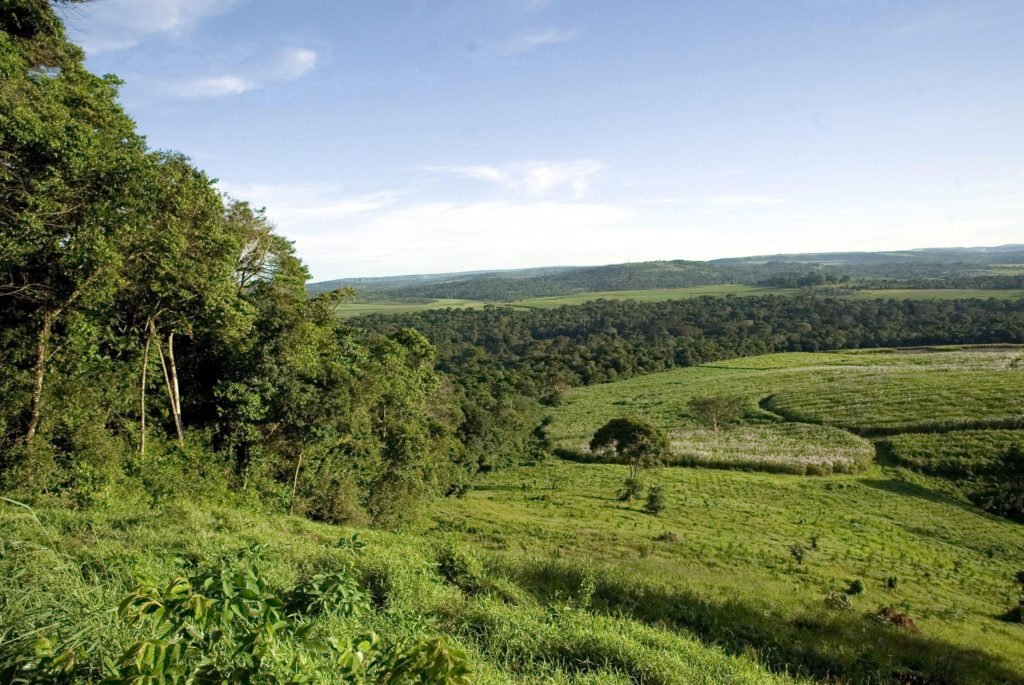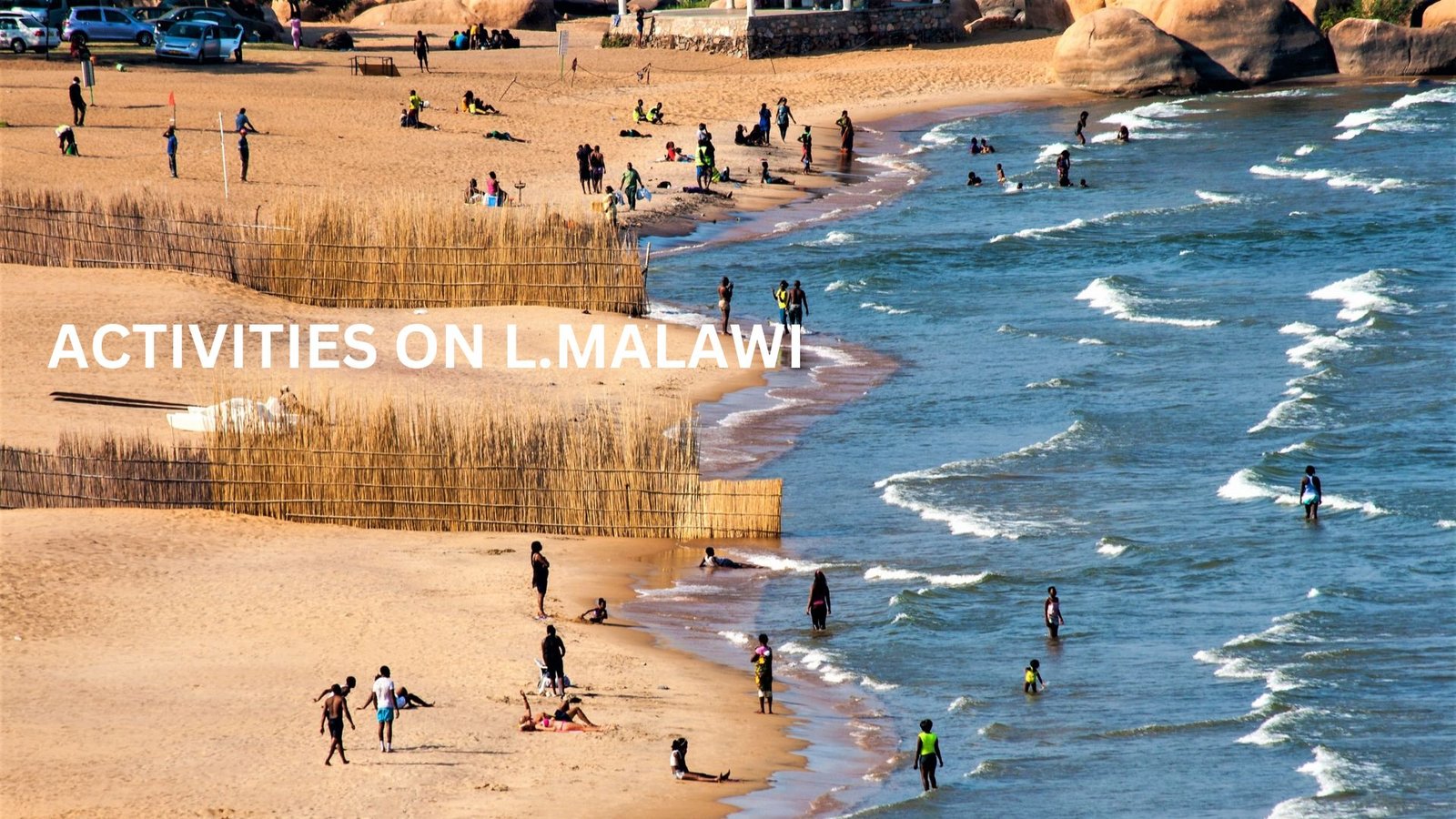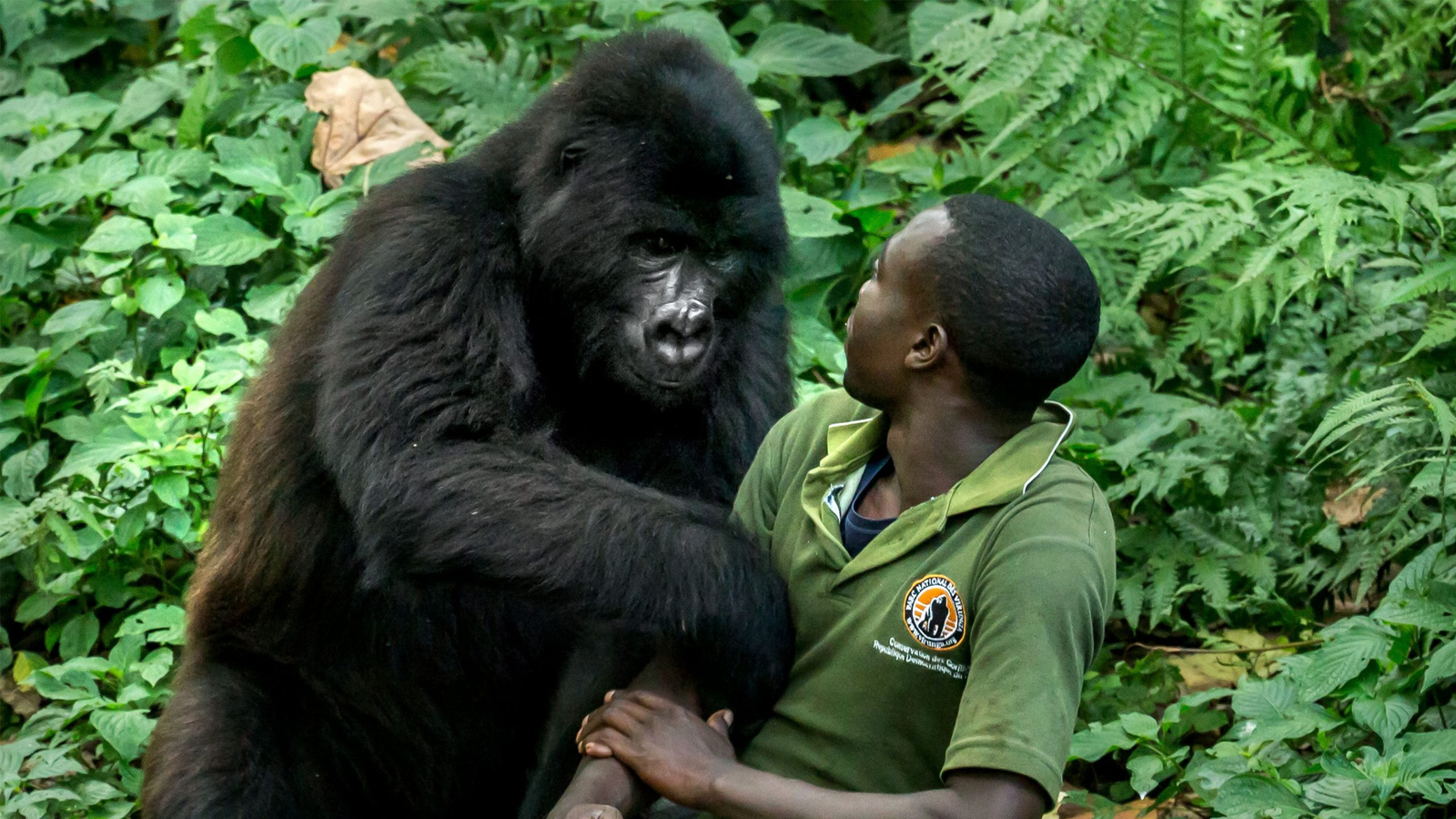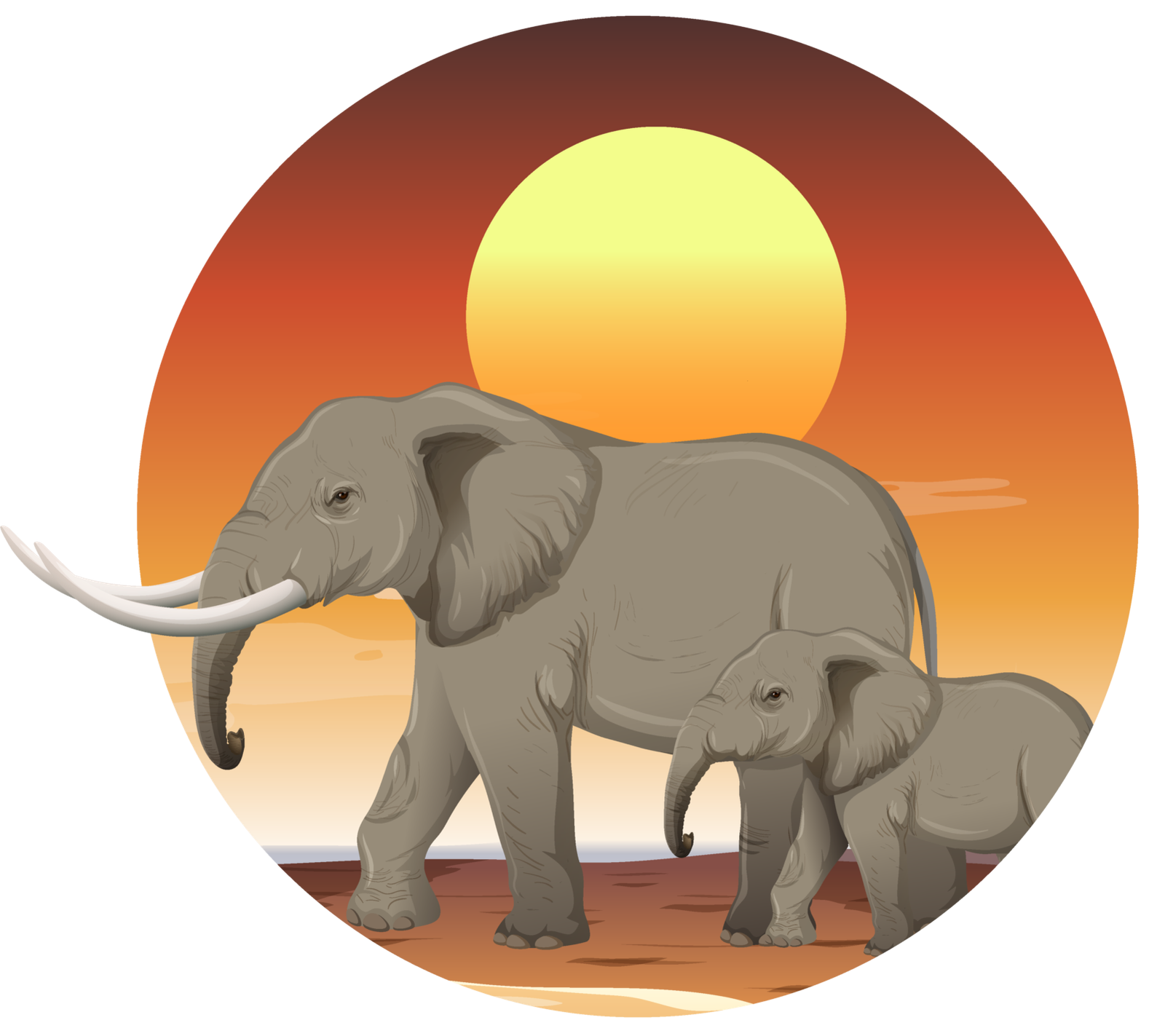Bugungu Wildlife Reserve
Bugungu Wildlife Reserve is a protected area located in northwestern Uganda, near the shores of Lake Albert. Here’s some information about the reserve:
- Uganda Kob: The Uganda Kob is a medium-sized antelope species that is commonly seen in Bugungu Wildlife Reserve. Males have distinctive curved horns and a reddish-brown coat, while females are lighter in color. They gather in large herds and are known for their energetic and acrobatic displays during mating season.
- Waterbuck: Waterbuck are large antelopes that inhabit the wetland areas of the reserve. They have a shaggy brown coat and unique white rings encircling their rumps. Waterbuck are well-adapted to aquatic environments and can often be seen near water sources.
- Bushbuck: The bushbuck is a smaller antelope species that is commonly found in forested areas of Bugungu Wildlife Reserve. They have a reddish-brown coat with white markings and are known for their ability to camouflage well in their surroundings.
- Elephants: Bugungu is home to a population of African elephants. These majestic animals are known for their size and intelligence. Visitors may have the opportunity to see these gentle giants as they roam through the reserve in search of food and water.
- Buffaloes: African buffaloes can also be spotted in Bugungu Wildlife Reserve. These massive herbivores move in large herds and play a crucial role in shaping the ecosystem through their grazing habits.
- Hippos and Crocodiles: Lake Albert, which borders the reserve, provides a habitat for a significant population of hippos and Nile crocodiles. Visitors can often observe these aquatic creatures as they bask in the sun or swim in the lake’s waters.
- Savannah Grasslands: The reserve is characterized by vast expanses of savannah grasslands. These open grassy areas provide important grazing habitats for herbivores such as Uganda kob and buffalo. The grasses found here are adapted to withstand the dry conditions and periodic fires that occur in the region.
- Woodlands: The woodlands in Bugungu Wildlife Reserve consist of scattered trees and shrubs, providing shade and shelter for wildlife. Acacia species, including Acacia seyal and Acacia nilotica, are commonly found in the woodlands. These trees are well-adapted to survive in arid conditions and provide browse for herbivores.
- Wetlands: The reserve encompasses several wetland areas, particularly along the shoreline of Lake Albert. These wetlands support a variety of vegetation, including papyrus reeds (Cyperus papyrus) and other aquatic plants. They provide important habitats for water birds, amphibians, and aquatic species.
- Riparian Vegetation: The vegetation along the riverbanks and streams within Bugungu Wildlife Reserve is characterized by a mix of grasses, shrubs, and trees. Species such as fig trees (Ficus spp.), sausage trees (Kigelia africana), and wild date palms (Phoenix reclinata) can be found along the watercourses, providing food and shelter for wildlife.
- Forested Areas: Although the reserve is predominantly savannah and grassland, there are pockets of forested areas within Bugungu. These forests, which mainly occur in the more hilly and inaccessible parts of the reserve, consist of both evergreen and deciduous tree species. They provide habitat for various bird species and smaller mammals.
- Game Drives: Embark on a thrilling game drive through the reserve’s grasslands and woodlands. Accompanied by experienced guides, you can spot a variety of wildlife, including Uganda kob, waterbuck, elephants, buffaloes, and an array of bird species. Game drives provide excellent opportunities for photography and wildlife observation.
- Birdwatching: Bugungu Wildlife Reserve is a haven for bird enthusiasts. With over 150 bird species recorded, including African fish eagles, pied kingfishers, and numerous waterfowl, birdwatching in the reserve is a rewarding experience. Explore the diverse habitats, such as wetlands and woodlands, and keep an eye out for both resident and migratory bird species.
- Boat Safaris: Experience the beauty of Lake Albert on a boat safari. Cruise along the shoreline, observing hippos, crocodiles, and various water birds. The boat safaris also provide stunning views of the surrounding landscapes and an opportunity to learn about the lake’s ecological significance.
- Nature Walks: Guided nature walks allow visitors to explore the reserve on foot, immersing themselves in the sights, sounds, and scents of the natural environment. Trained guides will lead you through different habitats, pointing out interesting plant species, tracks, and signs of wildlife. Nature walks provide a more intimate experience and the chance to appreciate the smaller details of the ecosystem.
- Cultural Encounters: Engage with the local communities surrounding Bugungu Wildlife Reserve to learn about their traditional lifestyles, customs, and cultural practices. Visit nearby villages, interact with community members, and gain insights into their daily activities, such as farming, traditional crafts, and dances. Cultural encounters offer a deeper understanding of the local heritage and promote cross-cultural exchange.
- Photography: Bugungu Wildlife Reserve presents fantastic opportunities for photography enthusiasts. Capture stunning landscapes, wildlife in action, and the vibrant cultural elements of the region. Whether it’s wildlife, landscapes, or cultural moments, the reserve provides a wealth of subjects to capture.
- Murchison Falls National Park: Located just south of Bugungu Wildlife Reserve, Murchison Falls National Park is one of Uganda’s most renowned national parks. It is home to the iconic Murchison Falls, where the mighty Nile River squeezes through a narrow gorge, creating a breathtaking waterfall. The park offers incredible wildlife viewing opportunities, including lions, elephants, giraffes, hippos, and a variety of bird species.
- Budongo Forest Reserve: Situated east of Bugungu Wildlife Reserve, Budongo Forest Reserve is a vast tropical rainforest that forms part of the larger Murchison Falls Conservation Area. It is renowned for its population of chimpanzees and other primates, as well as its rich birdlife. Visitors can enjoy guided forest walks, chimp tracking, and birdwatching in this biodiverse reserve.
- Kibiro Salt Gardens: Located on the shores of Lake Albert, the Kibiro Salt Gardens are a fascinating cultural and natural attraction. Here, traditional salt mining practices have been passed down for generations. Visitors can witness the unique methods used to extract salt and learn about the cultural significance of salt in the local communities.
- Hoima Town: Hoima is a vibrant town situated south of Bugungu Wildlife Reserve. It serves as a gateway to the reserve and offers a variety of amenities, including accommodation, restaurants, and markets. Visitors can explore the town’s cultural heritage, visit local craft markets, and learn about the history of the Bunyoro Kingdom.
- Lake Albert: As Bugungu Wildlife Reserve is located near Lake Albert, visitors can take advantage of the lake’s beauty and recreational activities. Enjoy boat trips, fishing excursions, and sunset cruises on Lake Albert, appreciating the scenic landscapes and abundant birdlife.
- Rift Valley Escarpment: The western boundary of Bugungu Wildlife Reserve is marked by the dramatic Rift Valley Escarpment. Visitors can enjoy panoramic views of the escarpment, which offers stunning vistas of the surrounding landscapes and the Albertine Rift Valley.




